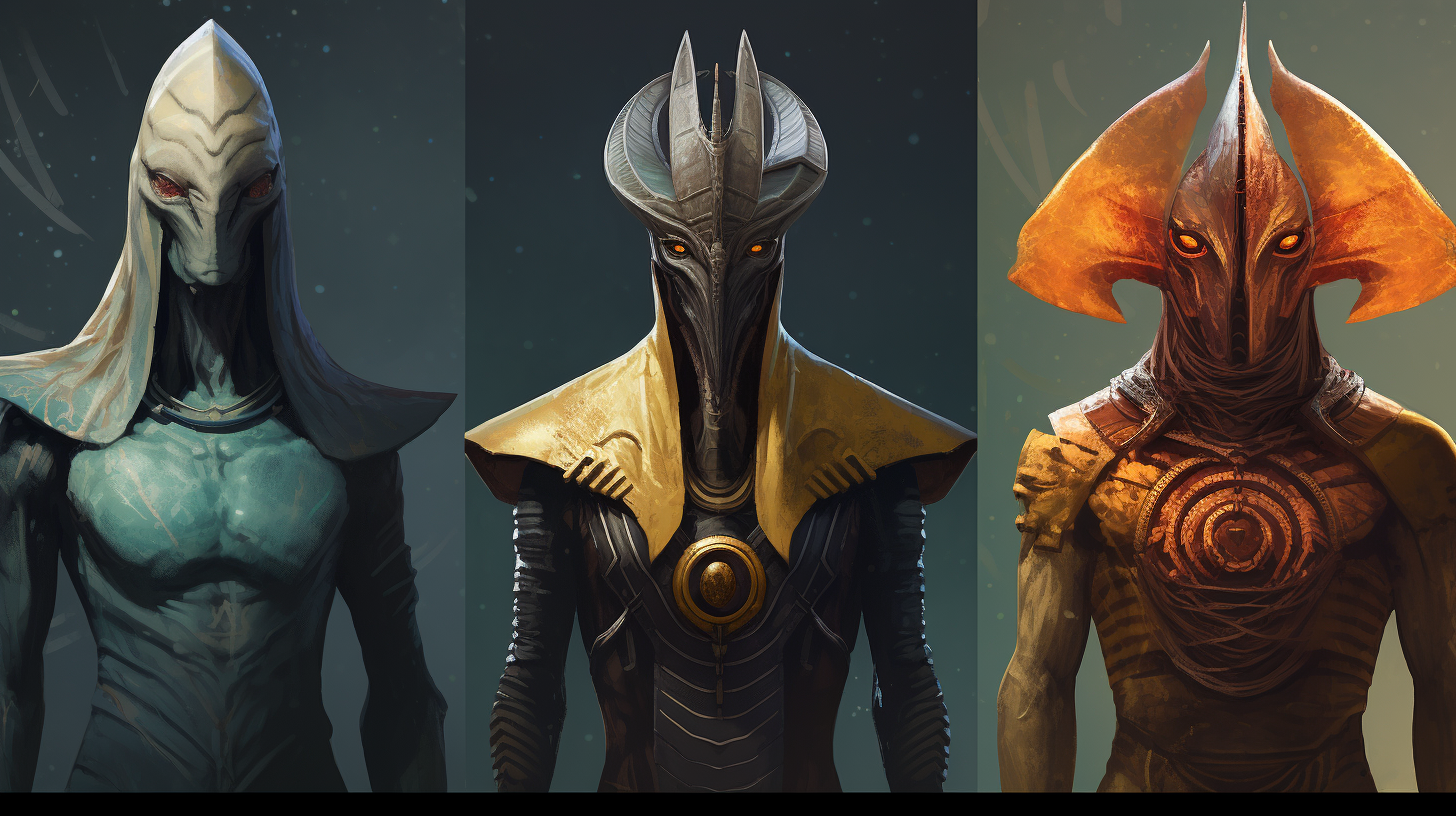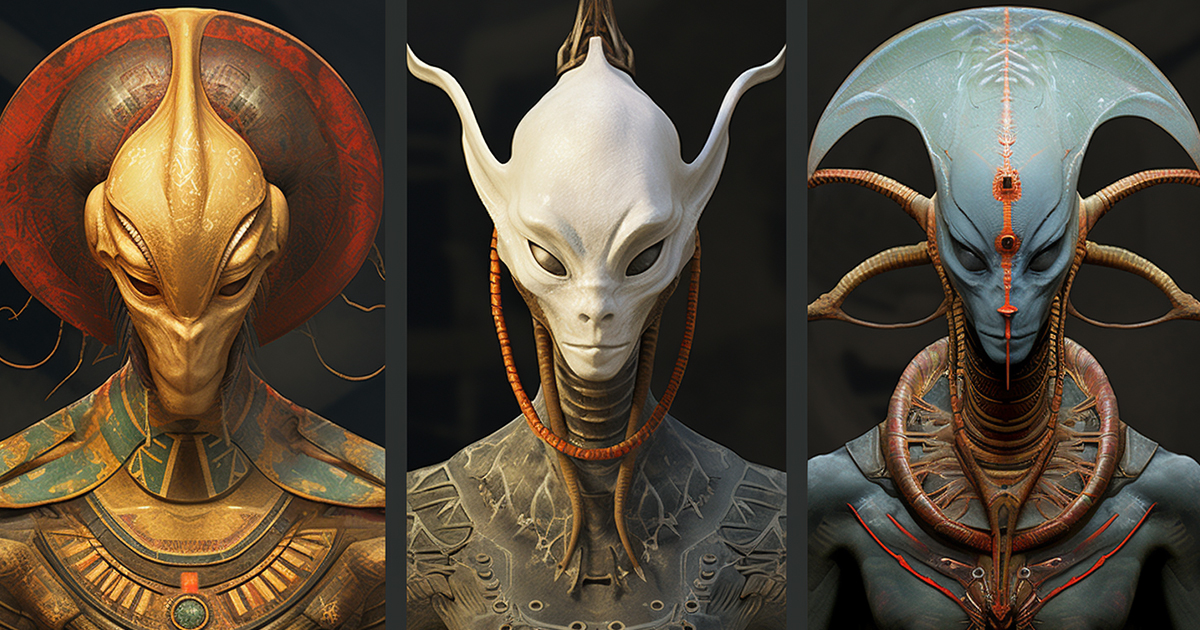An Overview of Age-Old Enigmas
In the vast array of ancient tales and folklore, the story of the Minotaur remains a captivating and puzzling narrative that continues to intrigue historians and scholars. This creature, said to be part human and part bull, roaming the labyrinth of King Minos on the island of Crete in the Aegean Sea, has sparked debates for generations. Recent revelations suggest a more astonishing explanation behind this mysterious legend.
Exploring the Enigmatic Labyrinth
The journey begins in Crete in 1900, where Sir Arthur Evans and a team of British archaeologists embarked on the monumental task of uncovering the ruins of an ancient palace. Their discoveries not only challenged Greek mythology but also unveiled a hidden world of mysteries.
During the excavation, the team stumbled upon a structure that bore a striking resemblance to the famous labyrinth associated with King Minos. According to legend, this intricate maze was built to contain the Minotaur, a being born from the unconventional union of King Minos’s wife, Pasiphae, and a majestic white bull—a creature embodying characteristics of both humans and bulls, known for its ferocity and cannibalistic nature.

Unveiling the Bull Worship
The excavation revealed a surprising truth. The palace was not just any building; it appeared to be entirely devoted to the worship of bulls. Its walls were adorned with frescoes depicting people leaping over bulls, bull horns, and scattered bull heads. The layout included movable walls and complex pathways, leading scholars to suggest that they had unearthed the legendary labyrinth.
Revisiting the Ancient Astronaut Hypothesis
A crucial twist emerges in the tale at this point. Supporters of the ancient astronaut theory suggest that the Minotaur legend might not be a mere myth but a distorted retelling of real events. They propose that the story hints at ancient experiments in genetic manipulation, where humans were hybridized with revered bulls.
According to this hypothesis, the skillful craftsman Daedalus designed a bull-shaped vessel that enabled Pasiphae, the wife of King Minos, to unite with the sacred bull. The result: the Minotaur, a hybrid creature possessing both human and bull qualities, conceived through an ancient form of genetic transformation. This reinterpretation offers a fresh perspective on an ancient tale, presenting it as potential evidence of advanced scientific knowledge in ancient times.
Diverse Hybrid Myths Across Civilizations
The concept of hybrid beings extends beyond Greek mythology. Across ancient cultures, various myths tell stories of gods mixing with mortals to create extraordinary beings. In Greek myth, Prometheus molded humans from soil, and Athena gave them life, producing demigods with both human and divine heritage.
Similar stories of divine-human interactions appear in different cultural narratives. Early Sumerian texts mention the Anunnaki, extraterrestrial gods believed to have influenced human development. The Book of Enoch in the Bible introduces the idea of fallen angels, known as the Watchers, engaging with humans to produce the Nephilim.
Watch the Video Presentation:
Final Thoughts
Ancient records are filled with tales of hybrid beings and divine interventions in human history. While some dismiss these stories as myths, proponents of the ancient astronaut theory urge us to consider a different perspective. They suggest that these narratives could be evidence of extraterrestrial involvement in our genetic makeup.
The Minotaur, symbolizing the merging of human and bull traits, may transcend mere myth. It stands as a reminder of ancient experiments in genetic fusion. As we delve deeper into our past, we must stay open to the idea that encounters between our ancestors and beings beyond our world may have influenced human history in ways we are only beginning to grasp. The mystery of ancient aliens and their potential impact on the creation of human-god hybrids remains a captivating puzzle, inviting us to explore uncharted territories and question the limits of our existence.
